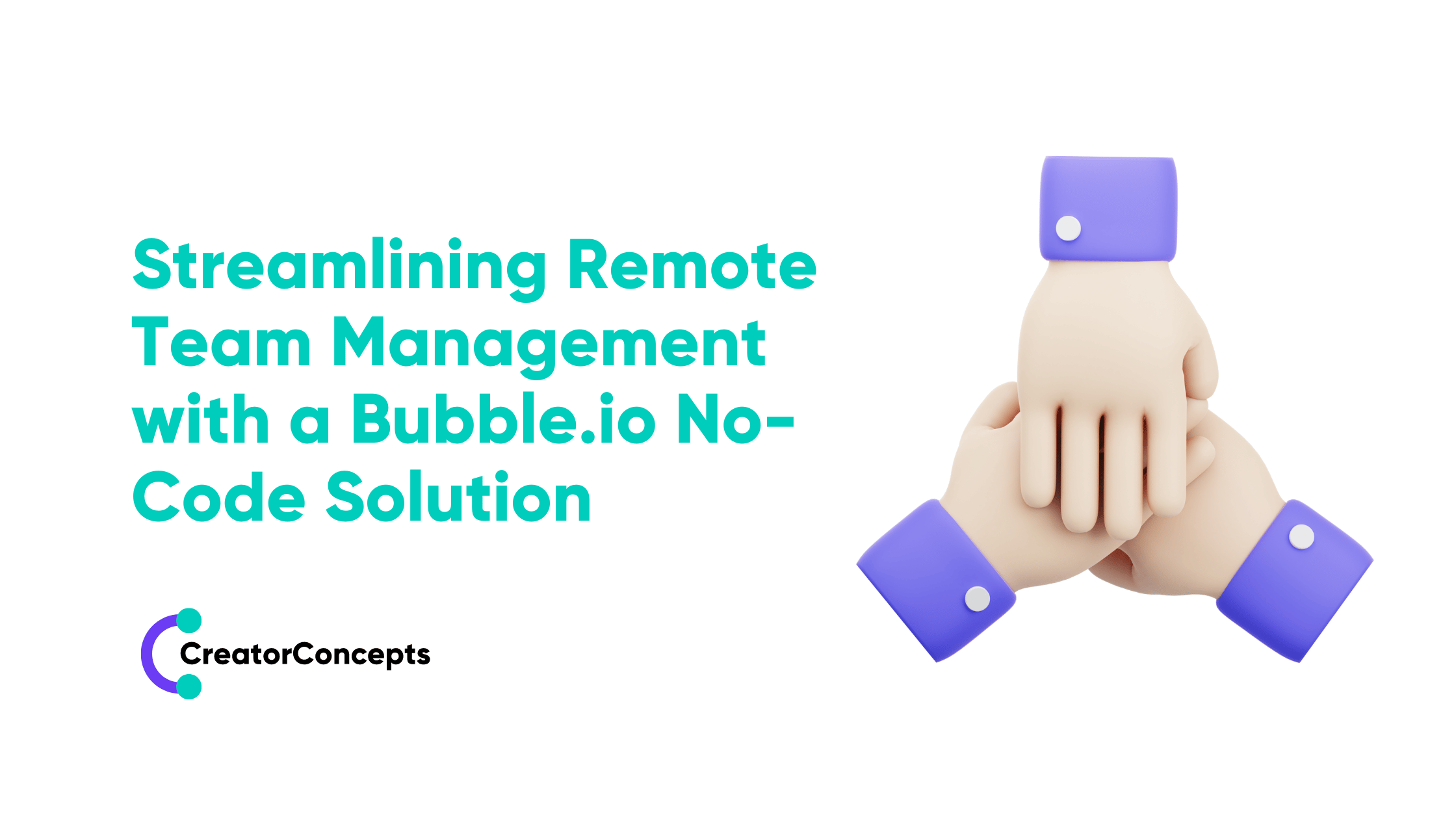Steps to Launch a Successful MVP Without a Technical Team
Launching a Minimum Viable Product (MVP) does not have to be complicated, even if you don't have a technical team. An MVP is a simple version of your product with just enough features to attract early users and get their feedback. This helps you understand if your idea is worth pursuing before spending a lot of money.
If you need help with more complex tasks, outsourcing is a good option. Many freelancers and agencies specialise in developing MVPs and can assist with coding, design, and more. Testing and iterating on your MVP is crucial to ensure it meets user needs. This involves getting feedback from real users and making necessary adjustments.
Define the Core Features of Your MVP
The first step in launching a successful MVP is to define its core features. These are the must-have functionalities that solve the main problem for your users. Focusing on the essentials helps keep your MVP simple and effective.
- Identify the Main Problem: Start by understanding the key issue your product aims to solve. Talk to potential users, conduct surveys, or research online to gather insights. Knowing the problem clearly helps in deciding which features are vital.
- List Needed Features: Once you know the main problem, list the features required to solve it. Break down the problem into smaller tasks that your MVP should handle. For instance, if you're creating a task management app, basic features like creating tasks, assigning deadlines, and marking tasks complete might be essential.
- Prioritise Features: Arrange the features in order of importance. Ask yourself which ones are absolutely necessary for the MVP and which can be added later. Focus on what will provide the most value to users from the start.
Keeping the features list short and focused on solving the main problem ensures that the MVP is simple, easy to use, and quick to develop. This approach helps you launch faster and start gathering user feedback early.
Utilise No-Code and Low-Code Tools
No-code and low-code tools are great options for building your MVP without a technical team. These tools require little to no programming knowledge and allow you to create a functional product quickly.
- No-Code Tools: These platforms let you build apps and websites using a drag-and-drop interface. Some popular no-code tools include Bubble, Adalo, and Glide. They offer templates and pre-built components that you can customise to fit your needs. No-code tools are user-friendly and ideal for those with no programming experience.
- Low-Code Tools: Low-code platforms offer more flexibility and customisation but might need some basic coding skills. Tools like OutSystems and Mendix provide a balance between ease of use and advanced features. They are suitable for more complex MVPs where you need additional functionality and customisation.
- Speed: Quickly build and launch your MVP by using pre-built components and templates.
- Cost-Effective: Save money by avoiding the need to hire a large development team.
- Flexibility: Easily make changes and updates to your MVP without extensive re-coding.
By utilising no-code and low-code tools, you can develop your MVP efficiently and get it into the hands of users faster. This approach allows you to focus on refining your product based on real-world feedback.
Outsource Key Development Tasks
If you find certain aspects of building your MVP challenging, outsourcing key development tasks can be a smart move. It helps you gain access to specialised skills without the need to hire full-time staff.
- Identify Tasks to Outsource: Determine which parts of your MVP require expertise you do not have. This could include coding, UI/UX design, or backend development. Clearly define the tasks to ensure you hire the right talent.
- Choose the Right Partners: Look for freelancers or agencies with a proven track record in MVP development. Platforms like Upwork and Fiverr can help you find skilled professionals. Always check reviews and portfolios before making a decision.
- Set Clear Expectations: Once you have chosen your partners, communicate your goals and deadlines clearly. Provide detailed requirements and stay in regular contact to ensure the project stays on track. Set up milestones to review progress and make adjustments as needed.
- Focus on Core Competencies: Outsourcing allows you to focus on what you do best. While your partners handle the technical tasks, you can focus on marketing, user engagement, and strategic planning. This collaborative approach ensures all aspects of your MVP are well-managed.
By outsourcing key development tasks, you can leverage the expertise of professionals, ensuring your MVP is built to a high standard without overwhelming your in-house resources.
Test and Iterate Your MVP
Testing and iterating your MVP is a crucial step in the development process. It ensures your product meets user needs and functions as intended. Follow these steps to refine your MVP effectively.
- Conduct User Testing: Gather a group of real users to test your MVP. Observe how they interact with the product and note any issues they encounter. Ask for their feedback on usability, functionality, and overall experience.
- Analyse Feedback: Review the feedback from your testers to identify common issues and areas for improvement. Pay close attention to any suggestions for new features or design changes. User insights are invaluable for making your MVP better.
- Make Iterative Changes: Based on the feedback, make necessary changes to your MVP. This could involve fixing bugs, improving design elements, or adding new features. Implement changes incrementally and retest with your user group to ensure improvements are effective.
- Repeat the Process: Testing and iteration should be an ongoing process. Continue to refine your MVP based on user feedback and performance data. Regular updates help you stay aligned with user needs and market demands.
Testing and iteration help you create a high-quality product that resonates with users. By continuously refining your MVP, you increase its chances of success and create a solid foundation for future growth.
Conclusion
Launching a successful MVP without a technical team is achievable with the right approach. By defining core features, using no-code and low-code tools, outsourcing key tasks, and rigorously testing and iterating, you can bring your idea to life efficiently.
Ready to take the next step in your MVP launch? CreatorConcepts Limited can help you turn your ideas into reality. Contact us today to start building your MVP with expert guidance and support.
 By
By


